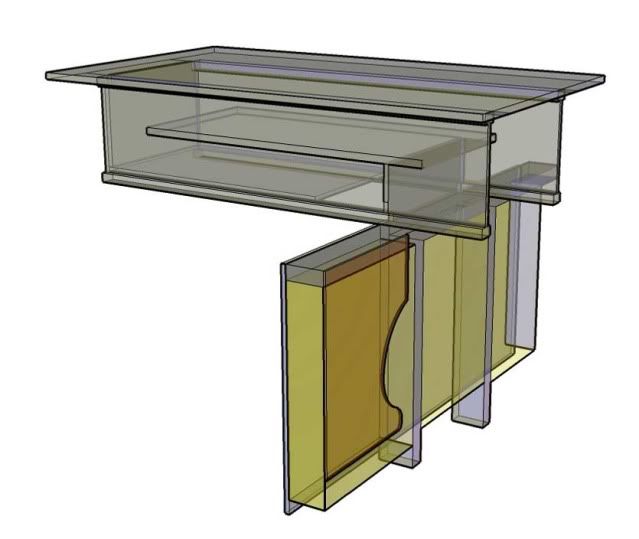I pan on putting my DC in a large closet and use 25' of flexible duct to return air to the shop. Inlet on DC ( not purchased yet, probably a 3HP Oneida system) is probably going to be 7.
Do you think a 10" return duct is enough, thats around 80 sq inches.





 Reply With Quote
Reply With Quote



 . I will talk with Oneida.
. I will talk with Oneida.



